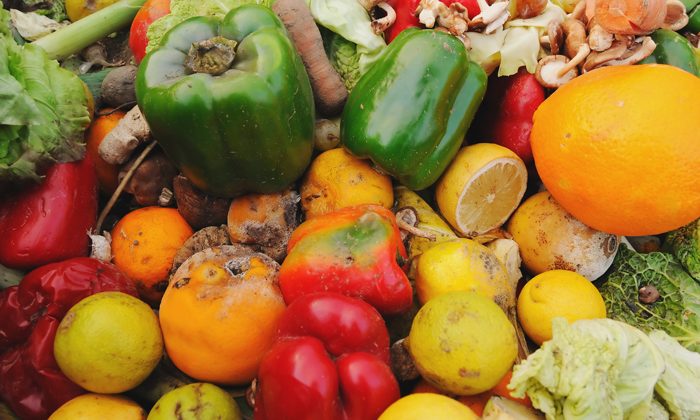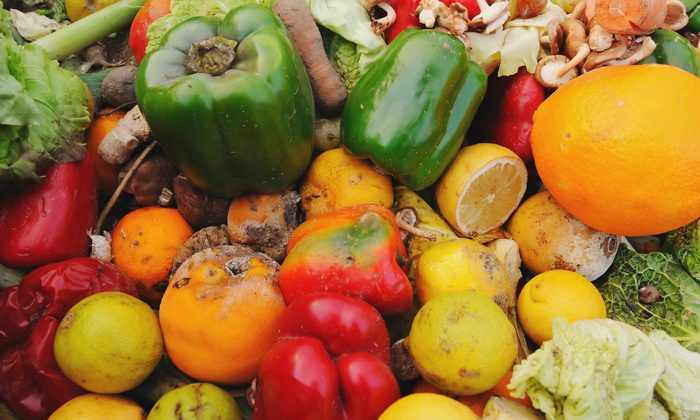US States struggle to curb food waste despite national targets

Despite ambitious federal goals, state-level policies are failing to address the growing challenge of food waste in the US, according to a new study.


The United States (US) generates more food waste than almost any other country, with per capita waste reaching alarming levels. In 2016, the federal government pledged to halve food waste by 2030, setting a target of 164 pounds (74kg) per person annually. However, a recent study published in Nature Food by researchers from the University of California, Davis, reveals that progress has been negligible. Since the goal was set, food waste per person has increased rather than decreased.
“We’re just five years away from 2030, so it’s quite alarming how little progress we have made,” said Sarah Kakadellis, lead author and postdoctoral researcher at UC Davis. “More comprehensive policies need to be implemented as soon as possible.”
Recycling over prevention
The study, whose other authors include Selina Mao and Asch Harwood of ReFED, evaluated state-level policies against the federal targets and identified a significant misalignment. Many states prioritise food waste recycling methods, such as composting and anaerobic digestion, over prevention and rescue strategies like food donation or repurposing for animal feed.
“We have a huge portion of the American population that is suffering from food insecurity, yet we waste more than a third of the food we produce,” said Kakadellis. “Instead of recycling our excess food, we should be redirecting as much as we can to populations that need it.”
Recycling, while diverting food waste from landfills, does not address the root problem and has environmental downsides. Food production consumes vast resources, including water, energy and fertilisers.
“When we waste food, we’re wasting all the resources it takes to grow that food, including energy, water, and fertiliser. Meanwhile, wasted food represents 8–10 percent of global greenhouse gas emissions,” added Edward Spang, principal investigator and associate professor at UC Davis.
Policy effectiveness
The researchers assessed state policies across four areas: prevention (e.g., improved date labelling), rescue (e.g., liability protection and tax incentives), repurposing (e.g., animal feed) and recycling (e.g., organic waste bans). Although recycling offered the largest diversion potential, most states still fall short of the federal target.
Only California, Vermont and Arizona were projected to reach the 164 pounds per person goal under the current framework. Without including recycling, diversion potential ranged from just 11 to 30 pounds per person. States like Washington and California demonstrated the highest potential for reducing food waste, yet Americans still generate an average of 328 pounds per person annually—double the federal goal.
Interestingly, Arkansas, despite ranking low for its diversion potential, is closest to achieving the federal target due to its relatively low current food waste levels.
Beyond policies
The study highlights that policy alone may not solve the issue. Behavioural changes spurred by the pandemic, such as more home cooking, initially reduced food waste. However, researchers suggest a return to pre-pandemic habits could explain the recent increase.
“When state policies focus on recycling, it’s very easy to think we’re addressing the food waste problem,” Kakadellis said. “Recycling food waste is important but not the only solution, nor should it be the first.”
The researchers advocate for a shift in focus toward prevention and rescue strategies to better align with the federal goal.
With food waste accounting for a significant portion of greenhouse gas emissions and a large segment of the population facing food insecurity, time is running out to implement meaningful solutions.
Source: newfoodmagazine.com

